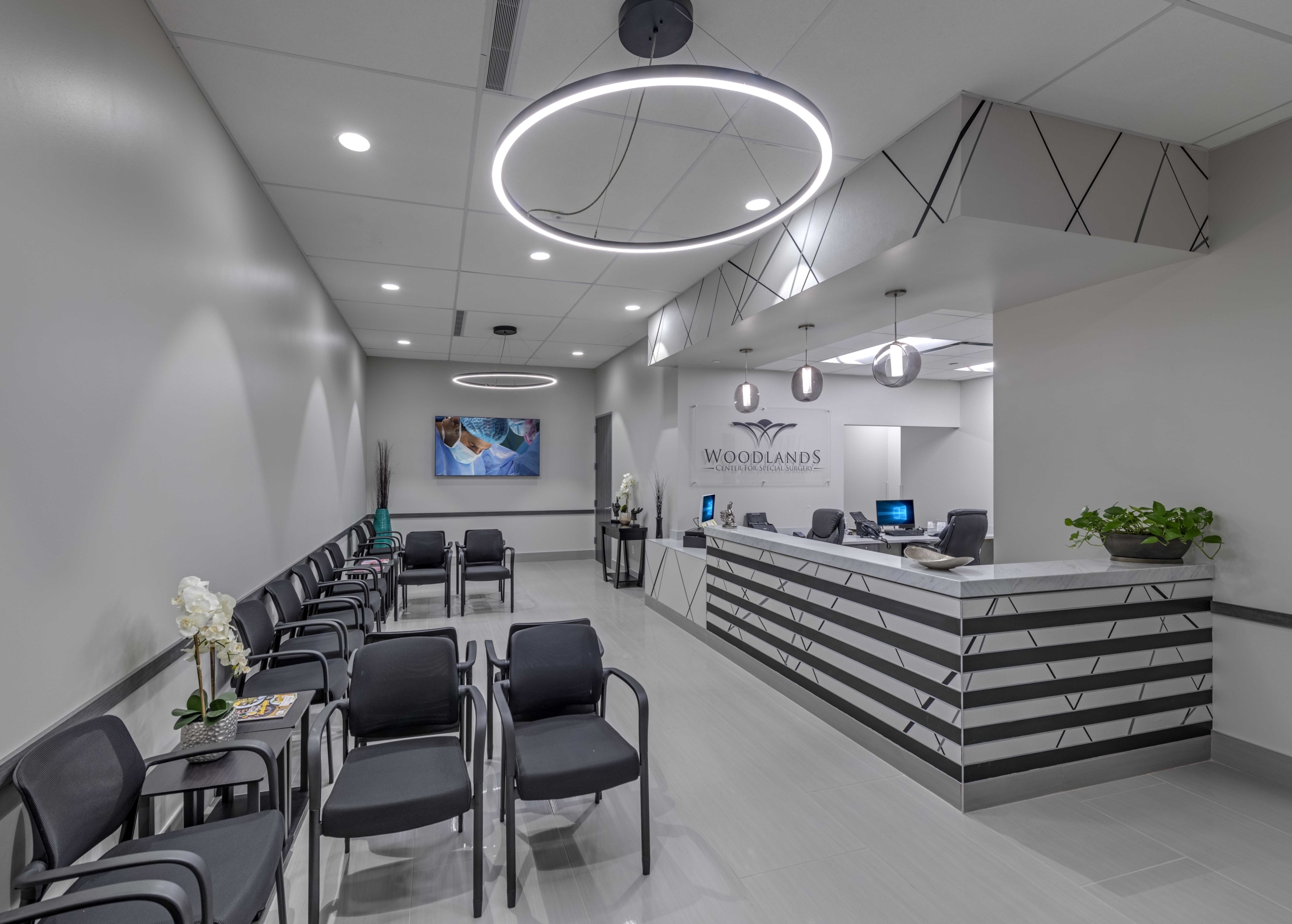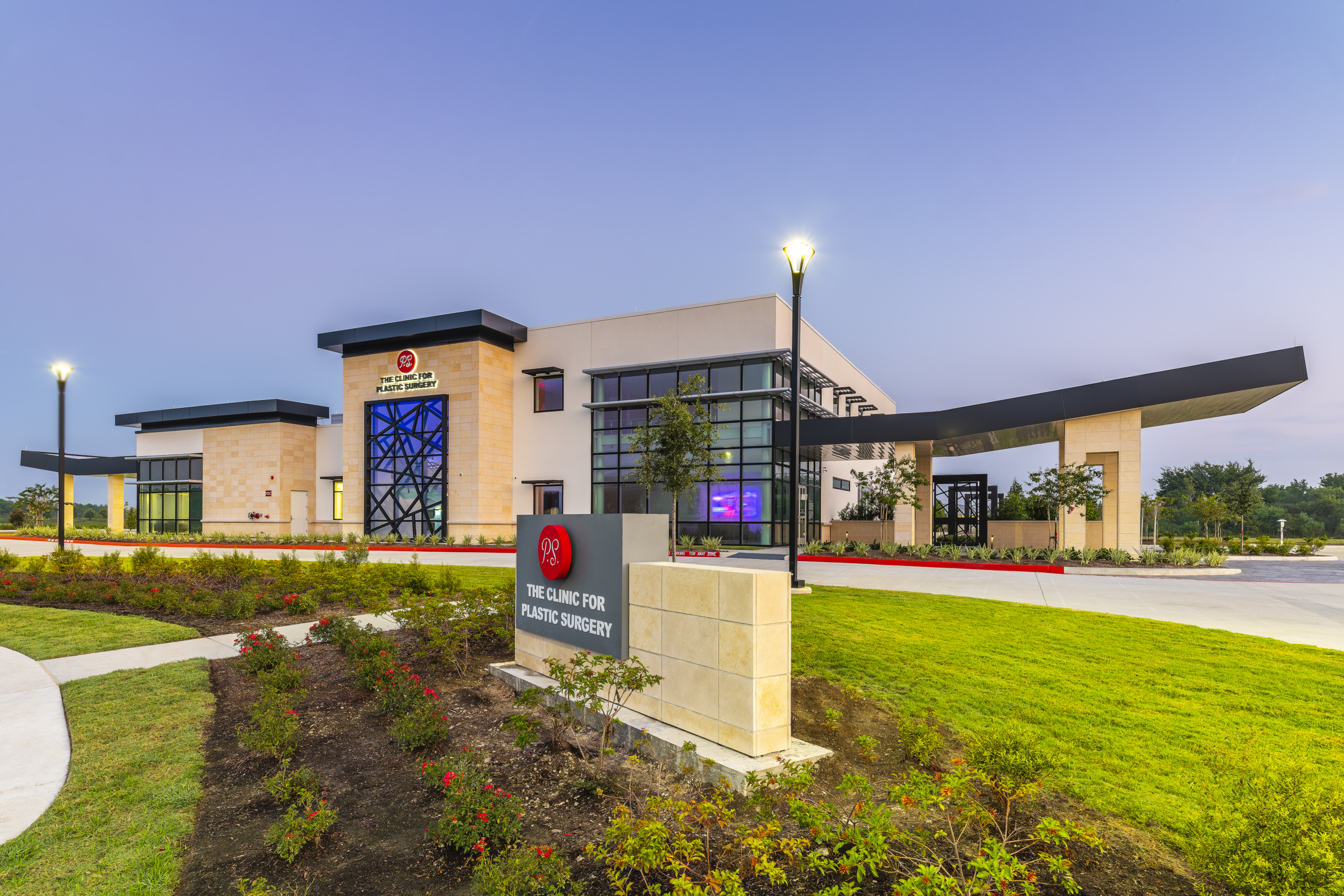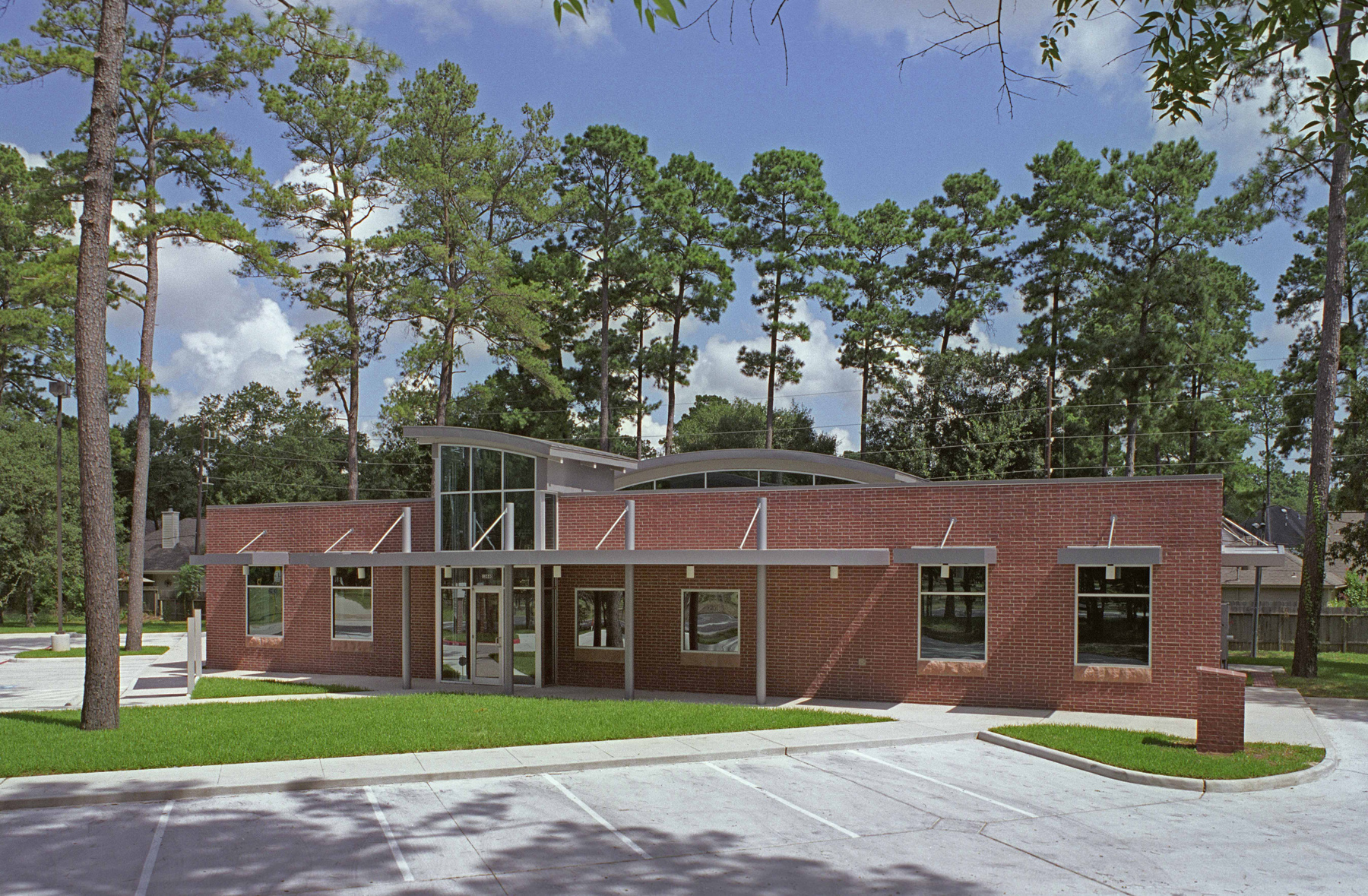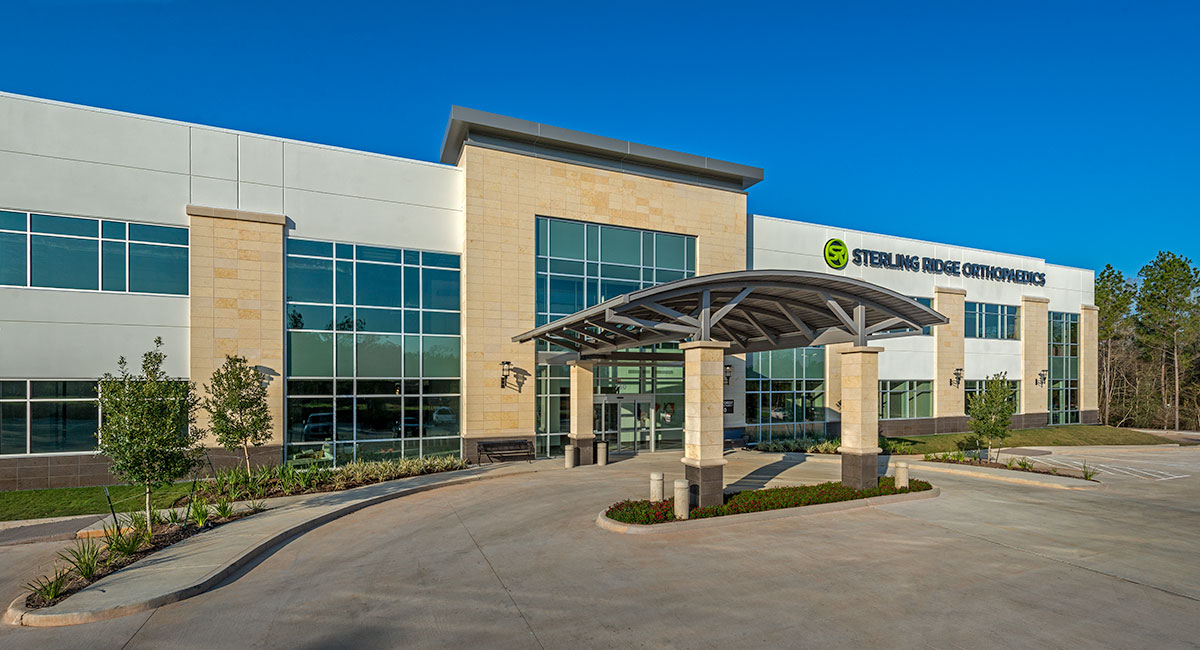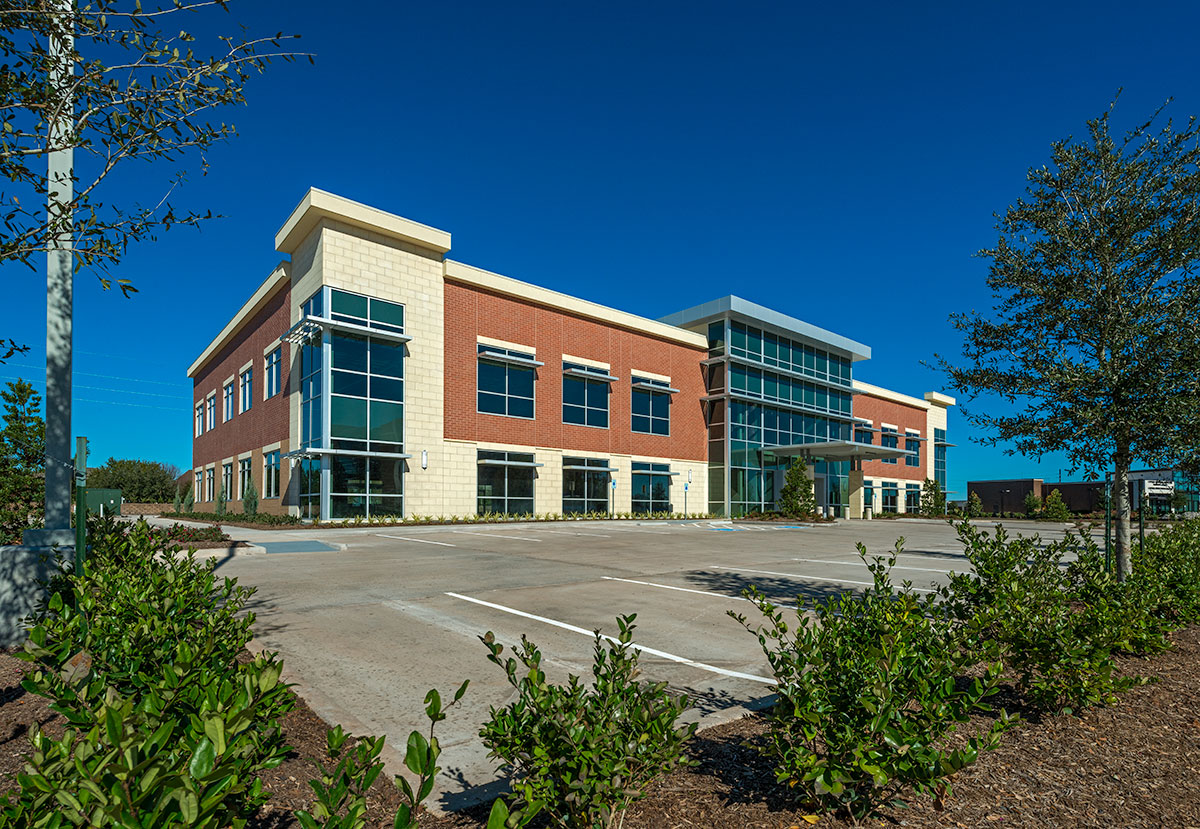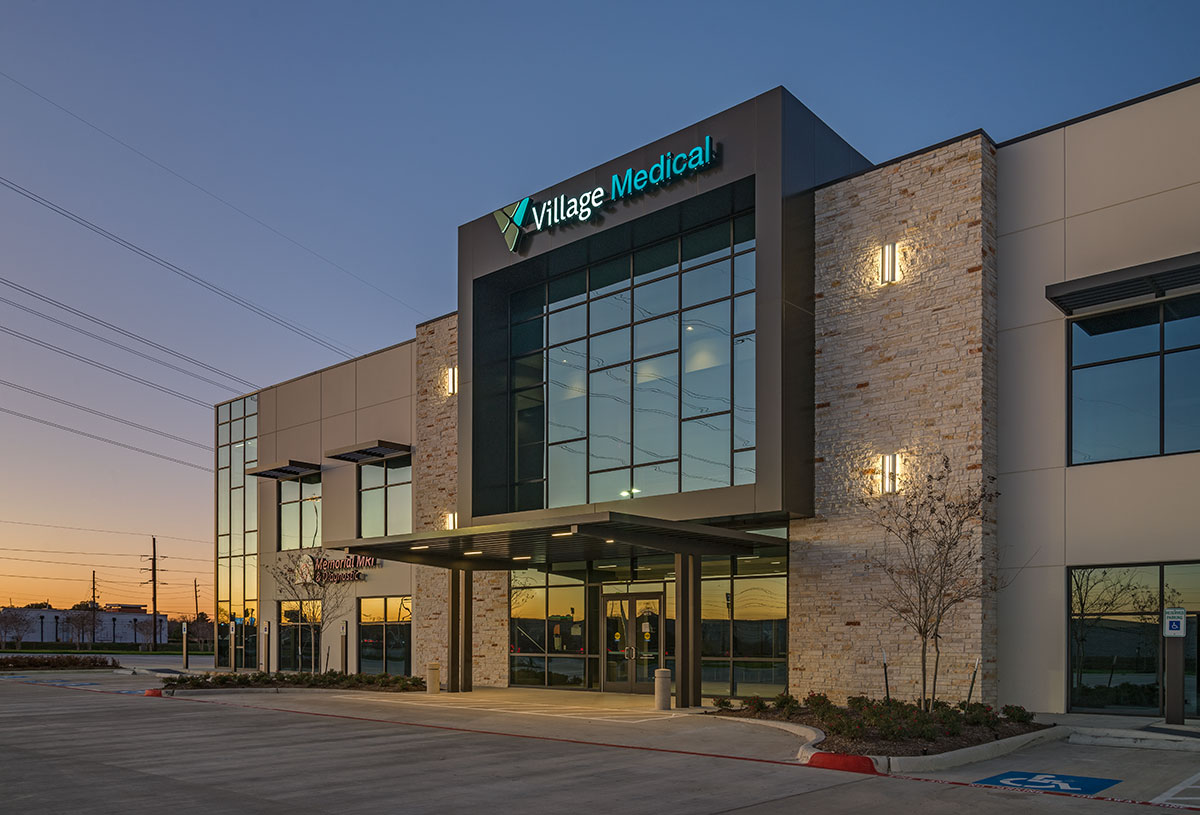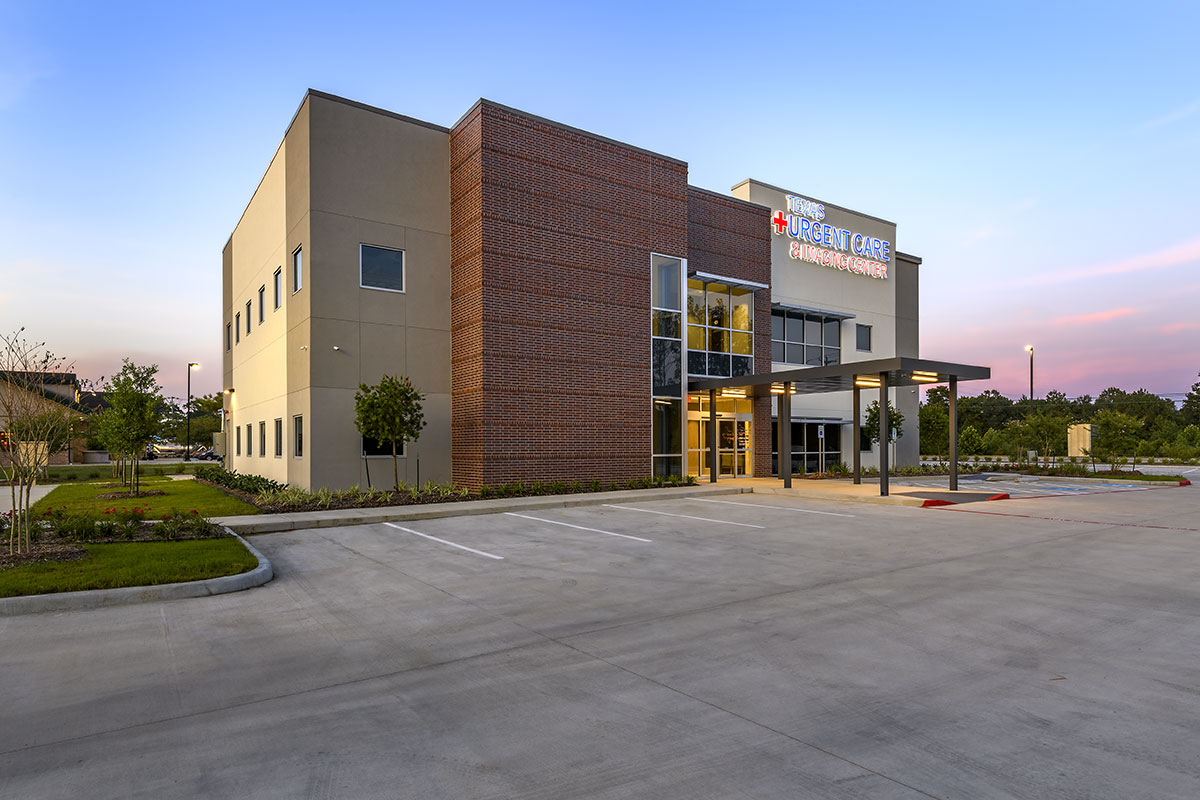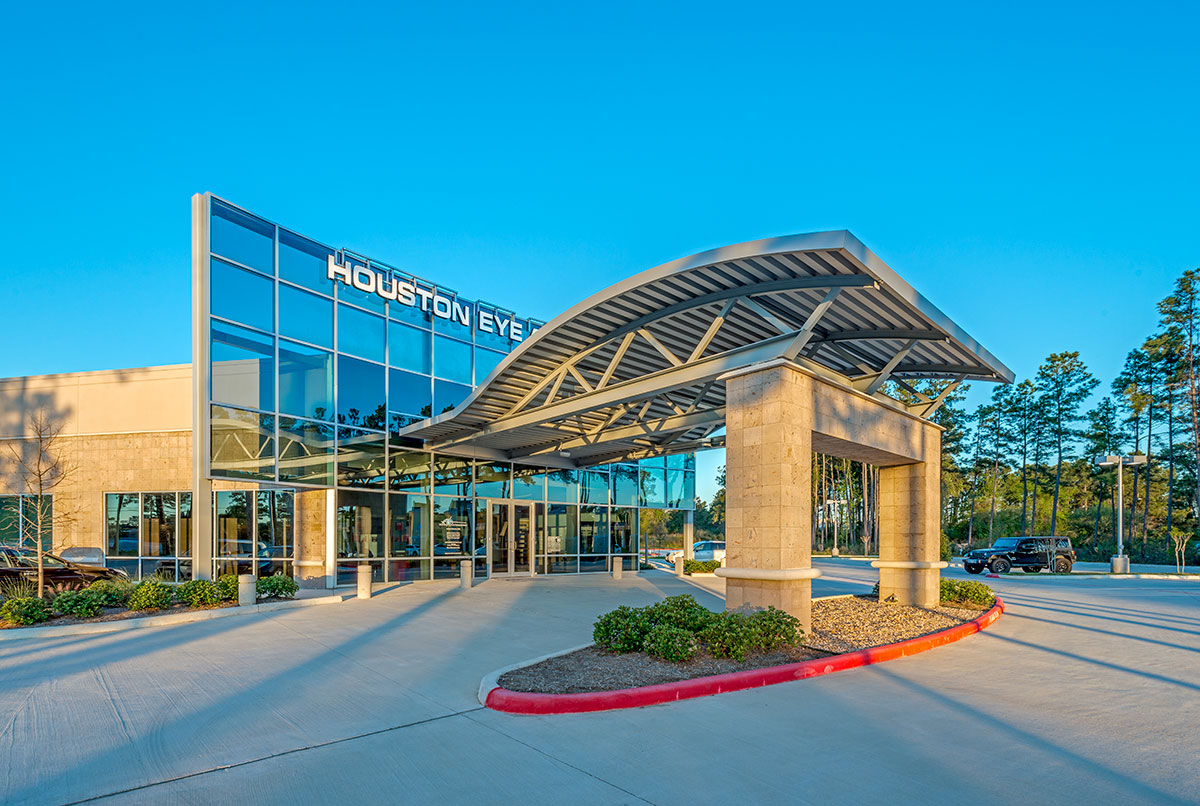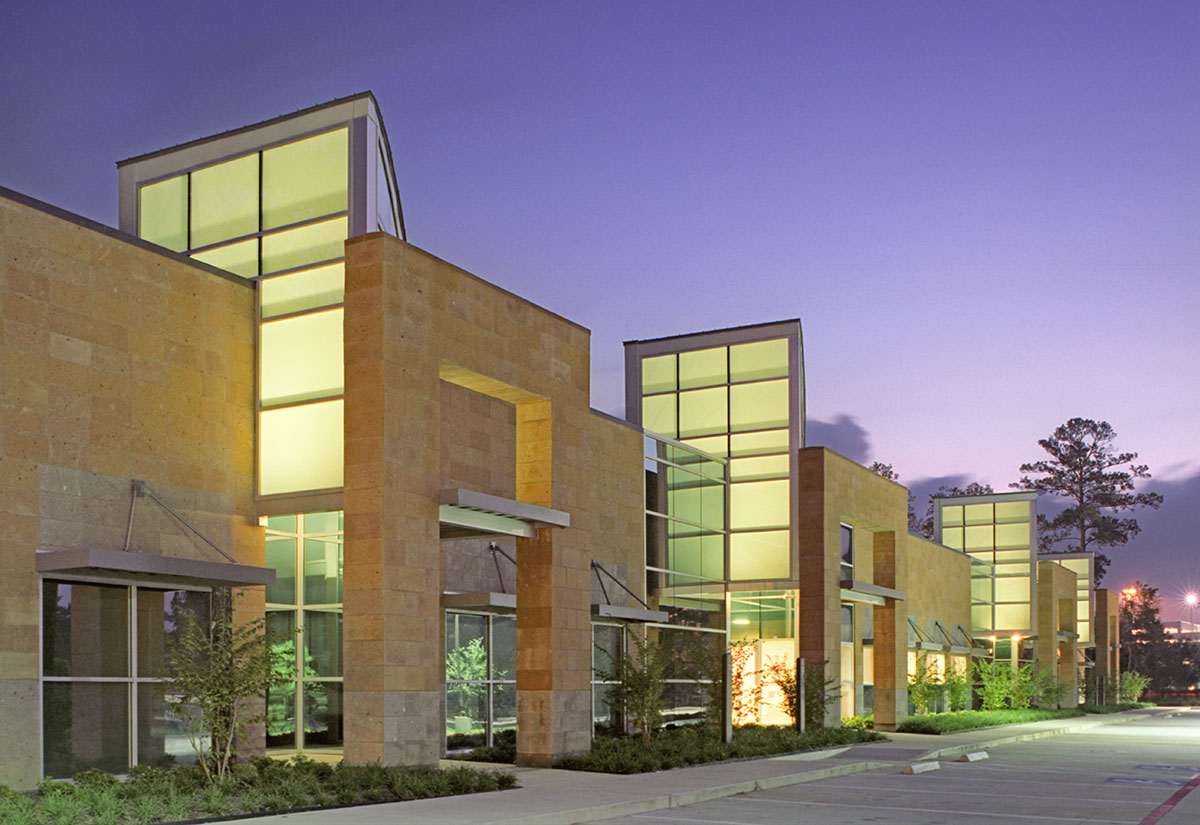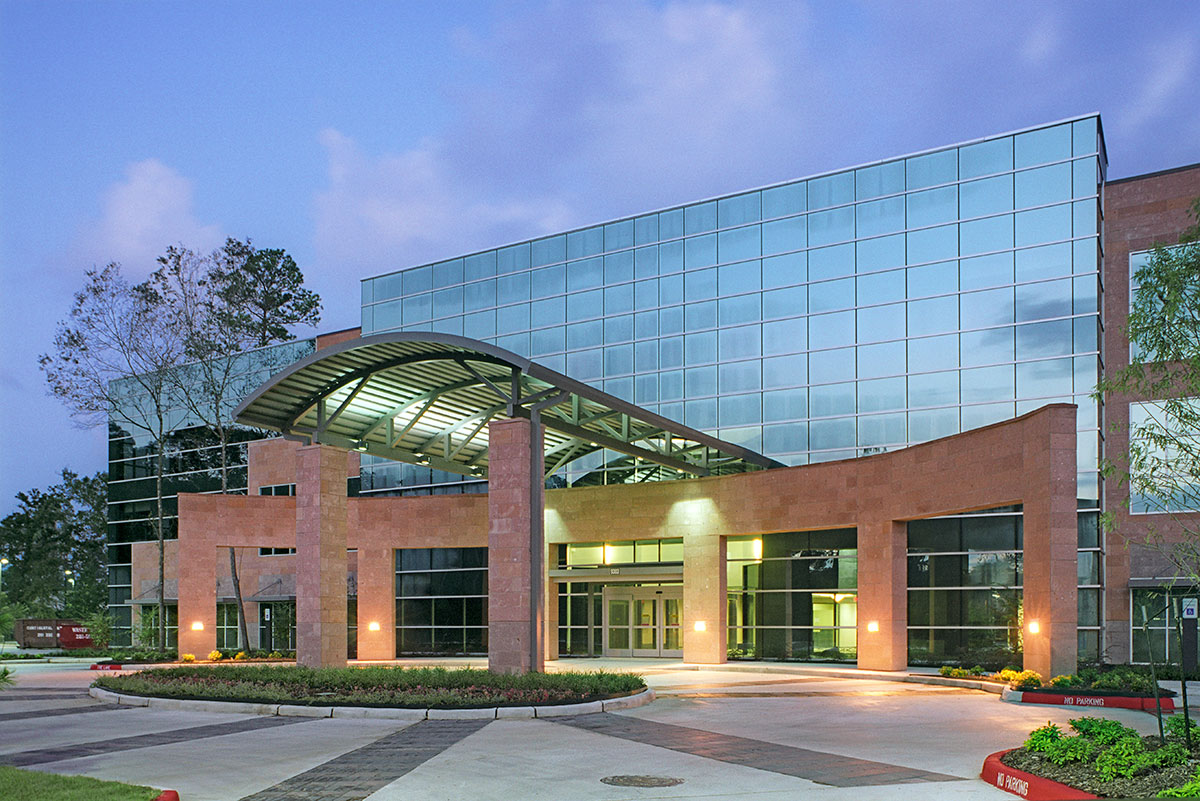Why Are Medical Office Buildings Different?
Medical Office Buildings (MOBs) may seem similar to commercial office buildings on the surface, but there are several important distinctions that every developer and architect of MOBs must intuitively know. Both project types require efficient planning, cost-effective construction methods, curb appeal, and certain key amenities for competitive leasing. However, key differences include the need for greater land area, higher construction costs for tenant improvements, and the specific needs of healthcare providers and their patients.
Further, design for medical office buildings must plan for the infrastructure requirements of various medical specialties; anticipate the architectural impact of the project design on a range of human ailments; and have a deep knowledge of the life safety and infection control codes and standards that many healthcare specialties must meet with the construction of their facilities.
In short, a successful MOB design requires an architect with a unique resume: intimate understanding of the demands of commercial real estate; technical knowledge of the constraints on healthcare facilities; and demonstrated success in marrying the needs of both.
Browne McGregor has consistently provided quality design, timely service and thorough construction documents for all of our projects. They have played an active role during the construction phases of our work together and have helped to lead a collaborative team effort between developer, contractor and design professionals.
Browne McGregor’s services are very much ahead of the pack in their peer group.

